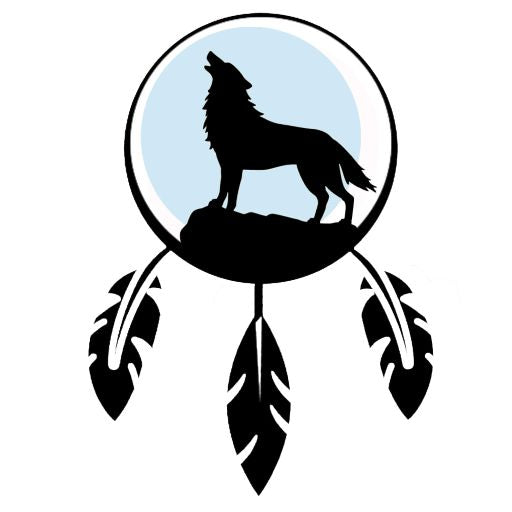Here is a well-known Indigenous myth from Quebec, originating from the traditions of the Innu people.
The myth of Tshakapesh
Tshakapesh is one of the most famous figures in Innu mythology. He is a cultural hero, often described as a dwarf or a child with extraordinary powers. He plays a central role in many stories, symbolizing the ingenuity, resilience, and deep connection of the Innu people with nature.
The story of Tshakapesh and the Great Whale Spirit
Long ago, in the vast territories of the boreal forest, lived Tshakapesh with his family near a large lake. One day, while he was playing on the shore, a Great Whale Spirit (Matshishkapeu) emerged from the depths of the lake and carried his brother away. Desperate to save his brother, Tshakapesh decided to venture into the depths of the lake to confront the spirit.
Armed with his bow and magic arrows, Tshakapesh plunged into the dark, cold waters.
On his descent, he encountered various creatures and challenges that tried to stop him from continuing his quest. Thanks to his cunning and magical powers, he overcame each ordeal.
Finally reaching the Great Whale Spirit, Tshakapesh used his magic bow and aimed for the whale's heart. With a well-aimed arrow, he wounded the spirit. The whale, wracked with pain, rose to the surface of the lake, freeing Tshakapesh's brother. The waters grew murky, and the lake calmed.
However, Tshakapesh knew that the Great Whale Spirit would return one day. So he climbed onto the whale's back, which carried him out of the lake. Tshakapesh and his brother returned safe and sound, and the hero continued to protect his people from malevolent spirits and watch over the Innu land.
Meaning and symbolism
The myth of Tshakapesh illustrates several important themes in Innu culture. Tshakapesh is a symbol of courage and ingenuity in the face of adversity. His battle against the Great Whale Spirit represents the struggle against natural and spiritual forces, and underscores the importance of harmony between human beings and the spirit world.
Source :
1. The Legends of the Innu: Tales and Myths from the Oral Tradition" by José Mailhot
2. "Stories of the First Nations of Quebec" by Serge Bouchard and Marie-Christine Lévesque
These resources are an excellent starting point for further exploring the myths and legends of the Indigenous peoples of Quebec.
Like the legend, each work tells a story of a journey between the visible and invisible worlds.




